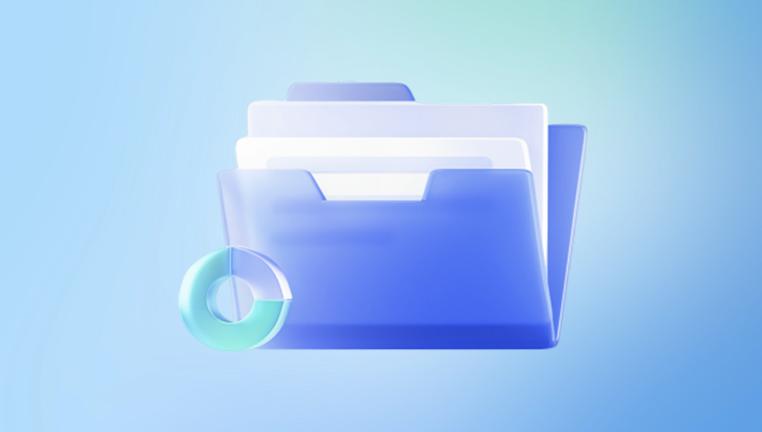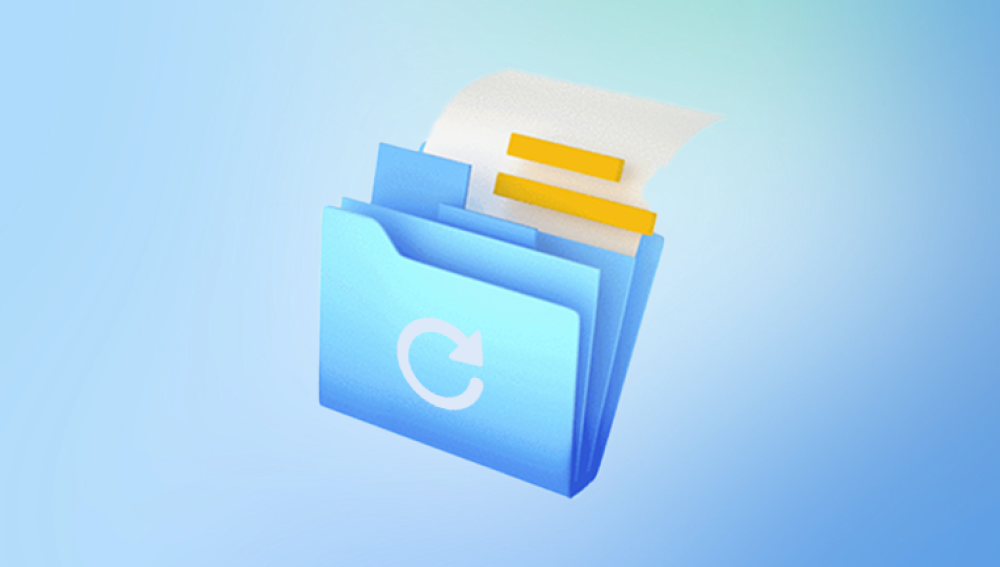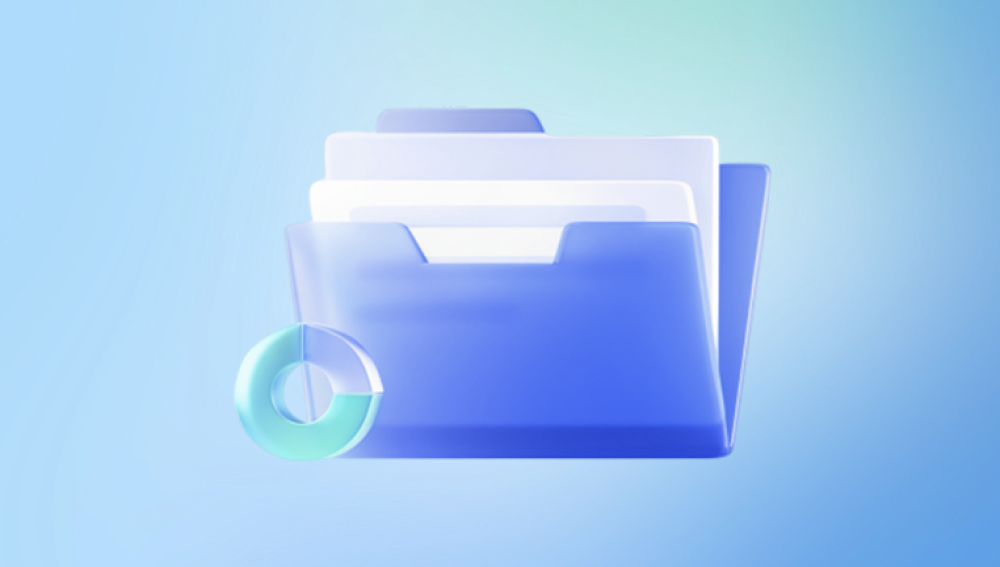Maybe it’s a school report, a work proposal, or a personal piece you’ve been working on for weeks. Then, suddenly, something goes wrong. The power cuts out, the computer freezes, Word crashes, or you simply close the file without saving and just like that, your document is gone.
You might even blame yourself for not pressing Ctrl+S often enough. But here’s the truth: losing a Word document is far more common than most people think, and in many cases, the file isn’t gone forever — it’s just hiding in places you haven’t checked yet.
The good news is that Word itself, your operating system, and a few recovery techniques all work together to give you multiple chances to get your file back. Whether the loss happened due to accidental deletion, an unexpected shutdown, software glitches, or a misplaced save, there are well-tested strategies that can help you recover your work.

Let’s start by understanding why Word documents get lost in the first place — because knowing the cause makes the recovery process more targeted and effective.
Common Reasons Word Documents Are Lost
Before diving into recovery, it’s important to understand how these losses happen. By identifying the likely cause, you can skip unnecessary steps and focus on the most effective recovery method.
Accidental closure without saving
You close Word in a hurry, click “Don’t Save” by mistake, or forget to save changes before shutting down your PC.
Word or system crash
Power outages, software bugs, or overloaded systems can crash Word before changes are saved.
File overwritten
You save a new version of a document over the old one, unintentionally erasing previous content.
File deletion
You move files to the Recycle Bin or press Shift+Delete, removing them entirely from standard storage locations.
Unsaved during autosave failure
Even though Word autosaves documents periodically, autosave may fail due to drive errors or application issues.
Document saved in the wrong location
You may have saved the file to a folder you don’t normally use, making it harder to find later.
Corrupted file
Storage drive errors or sudden shutdowns can damage the file structure, leaving Word unable to open it.
Step 1: Check Word’s AutoRecover Feature
Microsoft Word has a built-in AutoRecover feature that regularly saves temporary copies of your open documents. If your file was lost because of a crash or unsaved closure, AutoRecover may have a copy waiting.
How to use AutoRecover:
Open Word on your computer.
If Word detects unsaved documents, it will display the Document Recovery pane on the left side of the screen.
Look for a file with your document’s name, followed by the word “Recovered.”
Click to open it, then immediately Save As to store it permanently.
If the Document Recovery pane doesn’t appear:
In Word, go to File → Info.
Select Manage Document (or Manage Versions in some versions).
Click Recover Unsaved Documents.
Browse through the list and open any file that matches the timeframe you were working in.
Tip: AutoRecover locations vary, but on Windows they’re often found in:
C:\Users\[YourName]\AppData\Local\Microsoft\Office\UnsavedFiles
Step 2: Search for Temporary Files
Even if you never manually saved the document, Word may have created a temporary file that still exists on your system. These files often have the .tmp extension or start with a tilde (~).
How to search for temp files:
Press Windows + S and type:
*.tmp
or
~*.doc*
Look for recent files that match the time you were working.
Open them in Word to see if they contain your lost content.
If you find the right file, immediately save it with a proper name.
Step 3: Check the Recycle Bin
If you accidentally deleted the document, it may still be in the Recycle Bin.
Open the Recycle Bin from your desktop.
Sort items by Date Deleted for quicker scanning.
Right-click the document and select Restore.
If the file isn’t there, it may have been permanently deleted, in which case recovery software might be necessary.
Step 4: Search Your Entire Computer
Sometimes the document is simply in an unexpected folder.
To search for it:
Press Windows + S.
Type:
*.docx
This will display all Word documents on your computer.
Sort by Date Modified to find the newest files.
Step 5: Check OneDrive or Other Cloud Backups
If you use Microsoft 365. OneDrive may have saved a copy of your document automatically.
To check OneDrive:
Go to OneDrive online at https://onedrive.live.com.
Sign in with your Microsoft account.
Browse the Recent or Recycle Bin folders.
Restore or download the file.
Google Drive, Dropbox, or other cloud services work similarly — just check their web interface and trash/recycle folders.
Step 6: Restore a Previous Version of the File
If you overwrote your document, you may be able to restore a previous version.
On Windows:
Right-click the file.
Select Properties → Previous Versions.
Choose an earlier version and click Restore.
In OneDrive:
Right-click the file online.
Select Version History.
Open and restore an older copy.
Step 7: Use Word’s Backup Copy Feature
Some versions of Word can automatically create backup copies with the extension .wbk. This only works if the Always Create Backup Copy option was enabled beforehand.
To check for backup copies:
In Word, go to File → Open → Browse.
Change the file type to All Files.
Look for .wbk files in the document’s folder.
Step 8: Recover From a Corrupted Document
If your document file exists but won’t open, try Word’s repair options.
To repair a document:
In Word, go to File → Open.
Browse to the file’s location.
Click the file once, then click the drop-down arrow next to Open.
Select Open and Repair.
If that fails, you can try opening the file in another text editor to salvage raw text, or use third-party document repair tools.
Step 9: Use Data Recovery Software
Drecov Data Recovery
Drecov Data Recovery is designed to scan your storage devices deeply and locate deleted or lost files, including Microsoft Word documents in both .doc and .docx formats. The software works with internal hard drives, external drives, USB flash drives, and even formatted or corrupted partitions.
To recover a lost Word document:
Install and Launch Drecov Data Recovery on a safe drive (not the one where the file was lost, to avoid overwriting data).
Select the Drive or Location where the document was stored.
Choose a Quick Scan for recent deletions or a Deep Scan for harder-to-find files.
After scanning, use the Search/Filter function to locate files by name, type, or modification date.
Preview the Word document to confirm its contents.
Click Recover and save it to a different storage location.
One of Drecov Data Recovery’s strengths is its intuitive interface, which makes it accessible even for users with little technical experience. It also supports previewing Word documents before recovery, helping ensure you restore the correct file.
While success depends on factors like how long ago the document was lost and whether new data has overwritten its space, Drecov Data Recovery provides a strong chance of retrieval. By acting quickly and following best practices, you can often rescue your missing Word document and avoid starting from scratch.
Step 10: Professional Data Recovery Services
If the file was extremely important and all other methods fail, professional recovery labs can attempt to retrieve it from the physical drive. This option can be costly but is sometimes the only solution if the drive is damaged.
Preventing Future Document Loss
Once you’ve recovered your file — or even if you couldn’t — it’s worth taking steps to avoid going through this again.
Enable AutoSave in Word if you have Microsoft 365.
Save to OneDrive or another cloud service for automatic backups.
Press Ctrl+S frequently out of habit.
Keep copies of important documents on an external drive.
Consider enabling File History in Windows for automatic version backups.
Losing a Word document is a stressful experience, but it’s not always the end of the road. Microsoft Word, Windows, and modern storage systems all offer safety nets that can help bring your work back from the brink. The key is to act quickly, avoid saving new files over the lost data’s location, and methodically try each recovery step. Even if you can’t recover everything, you’ll often be able to salvage most of your work — and by implementing preventive measures, you can make sure your words are never lost to the digital void again.




